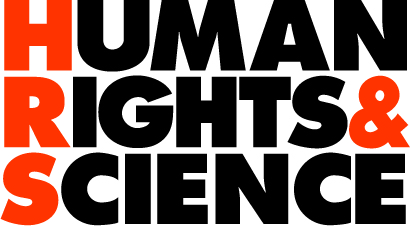DonorSee is a humanitarian crowdfunding platform that is intended to allow donors to quickly and easily help people in the world’s poorest countries. The platform lets donors see how their money makes an impact through raw video updates. The company is based in Fairfax Station, Virginia.
History The company was founded in March 2016 by Gret Glyer, in response to what he saw as poor management of aid money by large aid organisations. Glyer raised $150,000 in seed funding to build the platform on web, iOS and Android. On January 26, 2017, the Peace Corps issued a ban preventing their volunteers from using DonorSee. Glyer subsequently initiated a Change.org petition asking that President Trump intervene and lift the ban. Glyer’s goal for 2017 is to reach $75 million in revenue. On March 14, 2018, DonorSee announced that they would be imposing a maximum donation level of $450 on future projects posted on their platform.On June 3, 2019, Glyer launched a Kickstarter campaign to fund the publishing of a book If the Poor Were Next Door, which will detail his experiences with severe poverty which led him to create DonorSee.
Business model DonorSee allows aid workers to build a donor base by posting a feed of projects specific to the country they are serving.[12] During this process, members post a picture or video of the potential recipient and a story explaining how the money will be used, along with the amount of money needed.[13] They also have the option to say which country the project is in, and whether or not they want to raise money on a monthly basis. After posting, people can then donate to these projects using a debit or credit card, which is processed by Stripe. Stripe charges a fee averaging 6.25% per donation and DonorSee takes an additional fee averaging 13.75%. After the project is funded, aid workers are expected to post visual follow up, which often includes the donor’s name in the video. While DonorSee is not a 501(c)(3) organization, certain projects are still 100% tax-deductible. Additionally, DonorSee has implemented an extensive vetting process, through which they claim to reject over 90% of submitted projects.
About
In 2013, Gret Glyer headed to Malawi as an aid worker, where he funded and built over a hundred homes and a girls school. While crowdfunding for a few school projects, he posted updates on YouTube. To his surprise, people enjoyed it: They could actually see where their money was going towards.But he was frustrated that there wasn’t an easy way to fund projects without going through the slow, costly bureaucracy of traditional charities. So he started a for-profit company.Fairfax, Va.-based DonorSee is the for-profit. The app allows users—mostly foreign aid workers—to post the pictures and stories of people in need. Those on the app can donate to the posts they choose; Often in nominal amounts. Original posters are then encouraged to post video updates showing how the money is being spent or reactions from the recipients. The for-profit status, interestingly, is also important to DonorSee’s success. Nonprofit classification was originally intended to alleviate the financial pressures on charities by giving them tax-exemptions, so more money could be used for the intended cause. Glyer and others argue that the crossing-the-t’s-and-dotting-the-i’s required of nonprofits syphons too much money to the costs of running a large organization without the pressure to maximize profits that keeps spending in check. Eventually, he says, large charities become more concerned with their own interests and less concerned with the people they’re supposed to be helping. By classifying themselves as a for-profit company, Glyer says, they’re able to operate leaner than a traditional nonprofit. Most importantly, the team is able to operate at hyper-speed compared to large charities, transferring money to recipients in days, instead of months. To Glyer, that’s vital. He often tells the story of a young Malawian girl who was bitten by a crocodile. She couldn’t wait the estimated month for money to find its way down from a traditional charity, but an aid worker posted on DonorSee and had the money to get her help the next day. “I have a 501(c)3 [nonprofit], it’s not that I was too lazy,” Glyer states, talking about a separate nonprofit he set up while in Malawi. The profits? DonorSee takes a flat fee on all donations which, according to the website, is to “keep the lights on” for the roughly 10-person team. Additionally, the company’s financial transactions are handled by Stripe, which takes a certain percent as well. It’s not that I was too lazy. According to DonorSee, other charities’ administrative costs can be upwards of 40 percent, so they consider the roughly 20% percent transaction fees a selling point. Unlike nonprofits, though, DonorSee won’t have to disclose its spending, and some people are more comfortable with that than others. In DonorSee’s model, the assurance given by nonprofit status is replaced by a direct response from people who receive the donations. It suggests that donors don’t need audits and board reviews when they can actually see where the money is going. (DonorSee, donor do?) The other potential problem is the ability for anyone to post asking for money—maybe a Nigerian prince with a picture off Google Images. Glyer says they’re prepared for scammers with built-in measures to avoid abuse, though. The most reliable way, Glyer says, if you don’t personally know an aid worker, is to donate to Staff Picks—projects posted by aid workers that DonorSee confirms are the real deal. Otherwise, users can choose aid workers with a significant following, with many past projects and video updates. Like a Facebook account, as a user’s profile grows, it becomes more difficult to fake.




